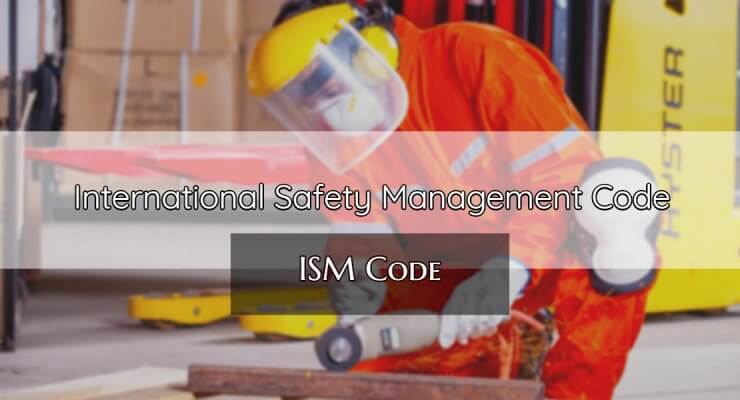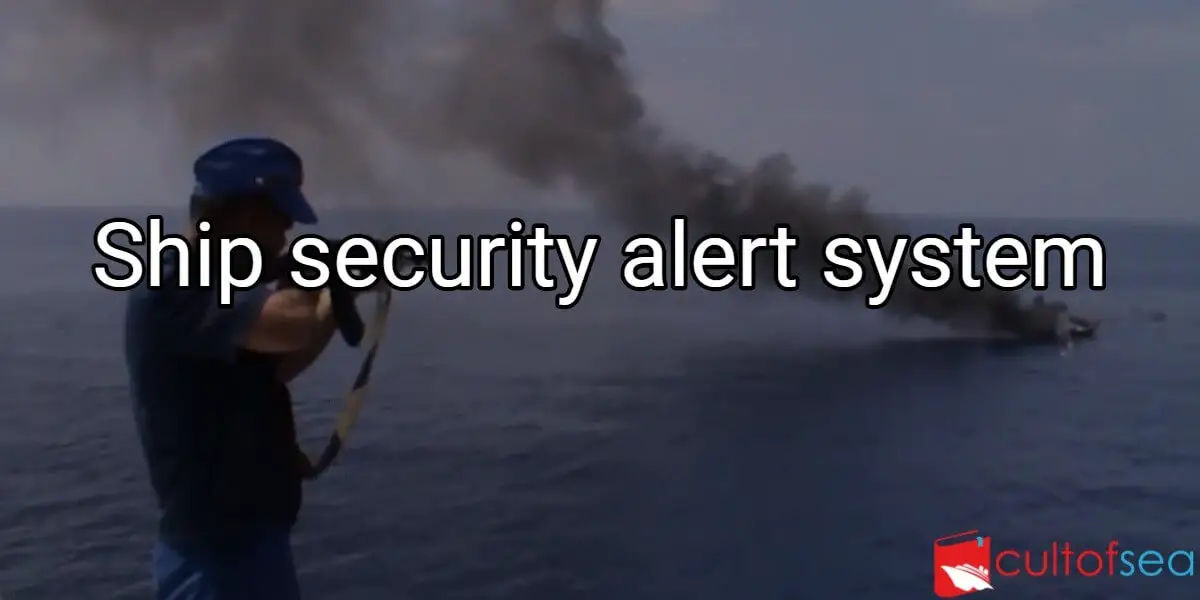ISM code is International Safety Management code for the safe operation of ships and for pollution prevention, as adopted by IMO assembly. The basic principles of the ISM codeSafety of people on board Safety of the ship and cargo Safety of environmentThe Code establishes safety management objectives and requires a safety management system (SMS) to be established by "the Company", which is defined as the shipowner or any person, such as the manager or bareboat charterer, who has assumed responsibility for operating the ship. The Company is then required to establish and … [Read more...]
Ship security alert system (SSAS)
The ship security alert system is again not a GMDSS communications system but it may be associated with GMDSS equipment installed on a ship. Carriage of SSAS is a requirement under theregulations of chapter XI-2 of SOLAS. The ship security alert system is fitted to a ship for the purpose of transmitting a security alert to the shore to indicate to a competent authority that the security of the ship is under threat or has been compromised.SSAS is a system that contributes to the International Maritime Organization's (IMO)'s efforts to strengthen maritime security and suppress acts … [Read more...]

